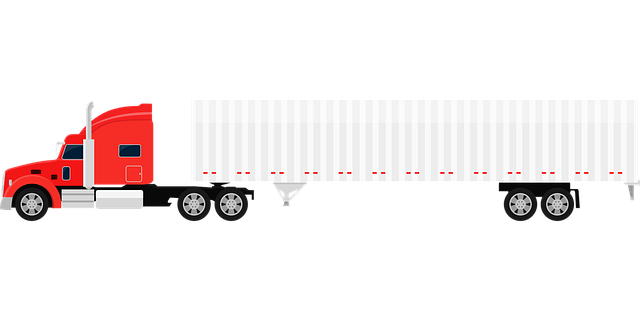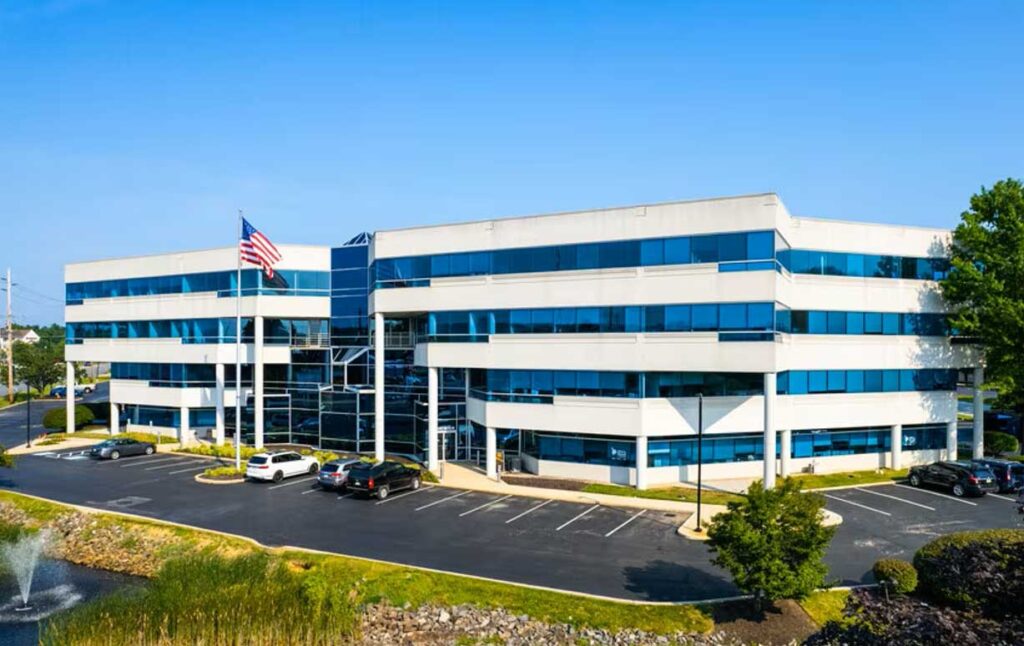Supply chain visibility is essential for optimizing operations and meeting customer expectations. But where are the breakdowns happening? Is it on the sales side, in purchasing, or somewhere between inventory and distribution centers? Pinpointing these pain points is the first step in improving your visibility. With tools like ViewPoint TMS, you can track shipments across every direction type and identify where to focus. Below are actionable steps for building a stronger, more transparent supply chain.
Identify Key Areas of Breakdown in Your Supply Chain
Start by assessing each segment of your supply chain. Break it down into specific areas:
- Sales and Customer Deliveries: Are delays happening on the outbound side? ViewPoint TMS offers public tracking links for every outbound order, enabling customers to track shipments themselves. This not only reduces inquiries but enhances the customer experience.
- Purchasing and Vendor Shipments: Delays in inbound shipments? ViewPoint TMS includes a vendor routing portal that tracks inbound orders from the point of origin. You gain a comprehensive view of all shipments, letting you monitor vendor performance closely.
- Internal Transfers: Are internal shipments between distribution centers or sister facilities missing efficiency targets? Use your TMS to monitor internal transfers, spot patterns, and identify where optimization is needed.
Analyzing these starting points lets you understand where visibility is breaking down, so you can make targeted improvements.

Integrate Your ERP with Your TMS for Seamless Tracking
Integrating your ERP system with ViewPoint TMS takes visibility to a new level. With this setup, you can automate data entry and track order progress from the start to the finish. This integration allows you to:
- Autopopulate Tracking Information: Get a continuous flow of data between your ERP and TMS. This ensures everyone, from procurement to customer service, sees the latest order status, cutting down on manual updates.
- Optimize Shipments for Accountability: When both systems work together, you can hold vendors accountable for using the correct mode of transportation. Your TMS can highlight when faster or more economical methods are available, helping vendors stick to your requirements.
This ERP-TMS integration brings clarity across departments, allowing you to access real-time data without manual work.

Use Data Dashboards to Track KPIs and Costs
Data insights are critical to understanding your supply chain’s performance. ViewPoint TMS offers integration with Microsoft Power BI dashboards, giving you real-time access to essential KPIs:
- Track Costs by Facility and Lane: See a breakdown of cost per mile ($/m) or cost per pound ($/lb) by facility, region, or shipping lane. This helps you pinpoint areas where costs are higher than expected and find ways to optimize. Likewise, the TMS software can enable cost controls through automated GL coding.
- View KPIs in Real Time: Set specific KPIs to monitor, such as on-time delivery rates or average shipping costs. Having these metrics at your fingertips lets you make informed decisions quickly and adjust plans as needed.
Shipping dashboards give you the insights needed to keep your supply chain running smoothly and cost-effectively.
Simulate Carrier Rates Against Historical Data
Choosing the right carrier and rate is key to cost control. With ViewPoint TMS’s rating engine, you can simulate carrier tariffs against your historical shipment data to predict costs:
- Evaluate Proposed Tariffs: Before signing a new contract, run the proposed tariffs through your rating engine to see how they would apply to past shipments. This helps you gauge if a new rate will truly save money.
- Make Data-Driven Decisions: Knowing how proposed rates impact costs allows you to negotiate more effectively with carriers and select the best-fit solutions.
Simulating tariffs is a proactive step that helps you manage shipping costs by seeing real-time impacts before committing.

Establish Better Supply Chain Visibility with ViewPoint TMS
Investing time and resources into supply chain visibility may require extra effort up front, but the payoff for scalability is invaluable. By establishing clear tracking, accountability, and data flows now, you’re building a foundation that supports long-term growth and adaptability. This proactive approach enables your team to focus on strategic decisions instead of troubleshooting logistics issues. And with TLI managing these visibility enhancements for you, you can delegate the technical details and rest assured that your supply chain is set up for success—both now and as your business scales.
Improving supply chain visibility takes careful planning and the right tools. With features like public tracking links, vendor portals, ERP integration, data dashboards, and rate simulation, ViewPoint TMS gives you the insight you need to manage your supply chain end-to-end. By identifying pain points, integrating data sources, tracking KPIs, and evaluating rates, you can build a supply chain that’s efficient, transparent, and ready for growth.